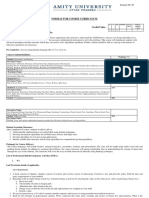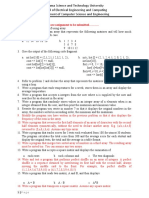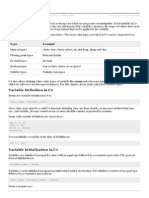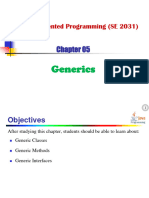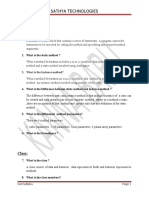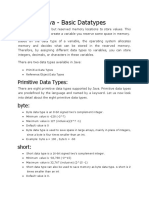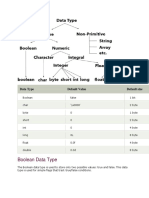0% found this document useful (0 votes)
10 views4 pagesSV Assignment 2
The document outlines a VLSI training assignment for TESSOLVE SEMICONDUCTOR PVT. LTD, focusing on various concepts in SystemVerilog such as arrays, queues, and associative arrays. It includes tasks like declaring and manipulating packed and unpacked arrays, implementing content addressable memory, and creating FIFO and stack structures using queues. Additionally, it covers struct data types and operations on dynamic arrays, including randomization and sorting based on specific criteria.
Uploaded by
gocool24072002Copyright
© © All Rights Reserved
We take content rights seriously. If you suspect this is your content, claim it here.
Available Formats
Download as DOC, PDF, TXT or read online on Scribd
0% found this document useful (0 votes)
10 views4 pagesSV Assignment 2
The document outlines a VLSI training assignment for TESSOLVE SEMICONDUCTOR PVT. LTD, focusing on various concepts in SystemVerilog such as arrays, queues, and associative arrays. It includes tasks like declaring and manipulating packed and unpacked arrays, implementing content addressable memory, and creating FIFO and stack structures using queues. Additionally, it covers struct data types and operations on dynamic arrays, including randomization and sorting based on specific criteria.
Uploaded by
gocool24072002Copyright
© © All Rights Reserved
We take content rights seriously. If you suspect this is your content, claim it here.
Available Formats
Download as DOC, PDF, TXT or read online on Scribd
/ 4

















